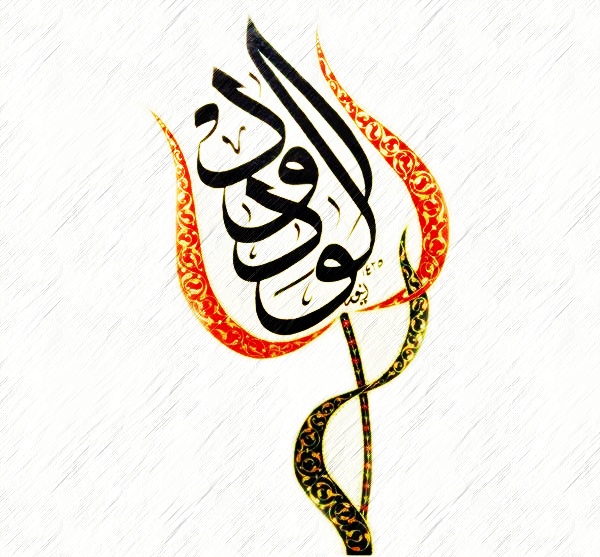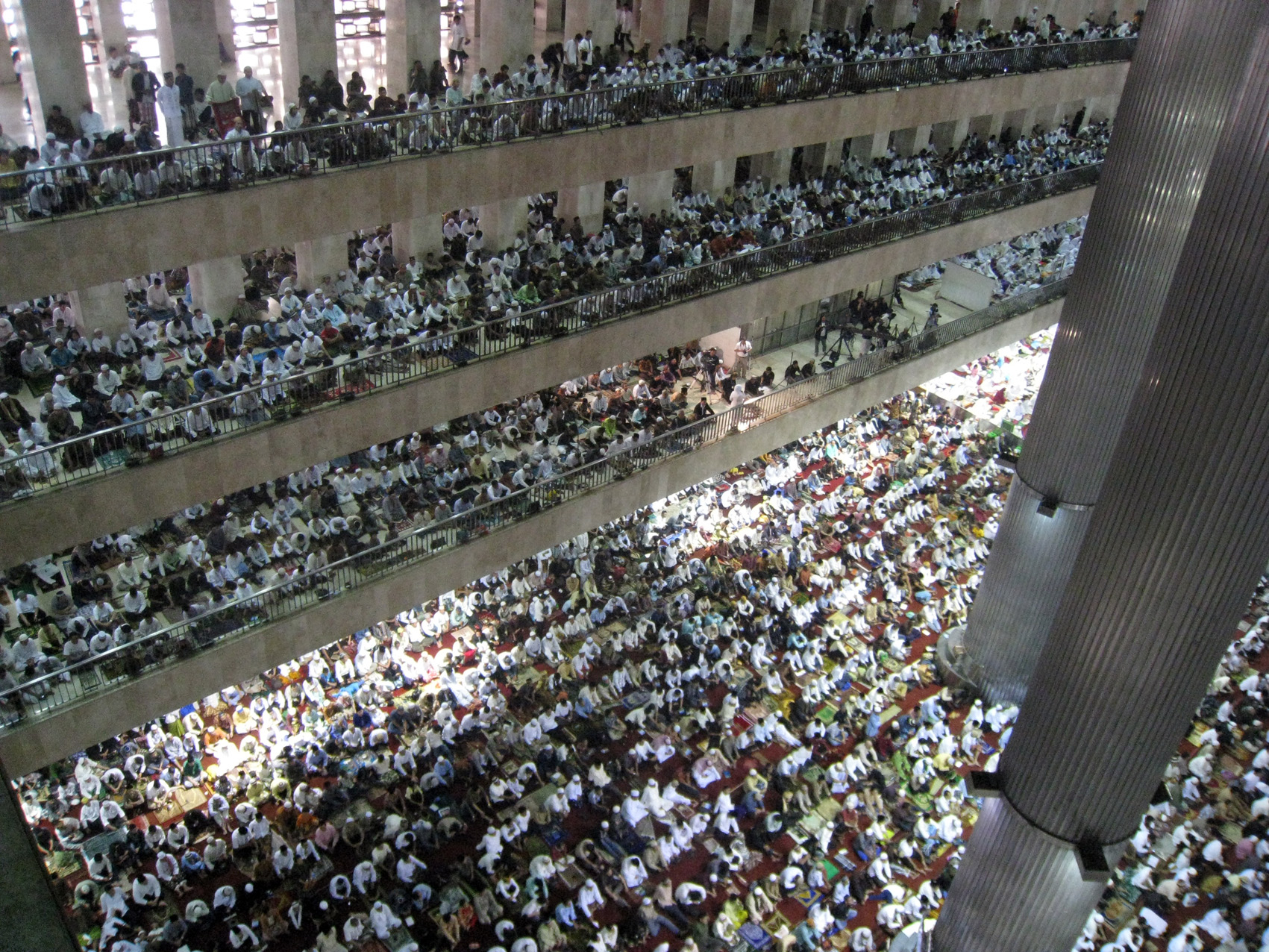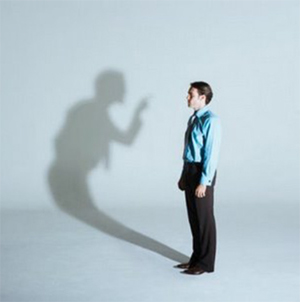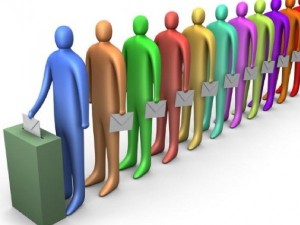Vakıf ve hizmette “neden ben?” sorusu, büyük bir talihsizlik, bahtsızlıktır.
Yazar: admin
Ya Vedud!
‘aşk-ı hakiki’yi nakşet kalbimize…

Rabbim…
“Ben Müslümanlardanım” diyen herkese Müslüman olabilmeyi, Müslüman kalabilmeyi lütfeyle…

irade & idare
İrade ve idare…
Sağlam idare, sağlam iradeyi gerektirir. İradesizlik, ömür sermayesini heba eder.

şehr-i islam
Ey şehr-i islam!
Ne derin uykudasın hala uyanmayacak mısın…

Medine xweş Medine… Xozi em te bine..
Medine fexré âlem Muhammedé emine…
Me dur ne ke ilahî jı wî şahé emine…

Electoral Systems and Party Systems
Electoral Systems and Party Systems
 Modern democracy is the democracy of parties. A non-party political electoral system is as an eggless omelette. The voters have the chance to make a selection among the alternative political programs offered to him by the parties. But it is not possible in a non-party society.
Modern democracy is the democracy of parties. A non-party political electoral system is as an eggless omelette. The voters have the chance to make a selection among the alternative political programs offered to him by the parties. But it is not possible in a non-party society.
Political parties are variables that necessarily interact with selection system and greatly shape the contents of the selection system. Party systems refer to a system that has alliances and competition between the different parties. The parties has a direct impact on Today’s electoral system.
The main objective of the electoral system is becoming to elect a government and to provide stability and it is done by the political parties. In today’s electoral system, the parties enter elections and is selected by the votes received.
On the other hand the effective number of parties is a concept which provides for an adjusted number of political parties in a country’s party system.
The number of effective parties varies each year. For example, in Turkey, within a year some parties have been establishing while some have been withdrawing from politics. There are some examples of well-known active parties; (CHP, AKP, MHP, DSP, SP, BDP and BBP.)
Another thing about the electoral system is that, because of different electoral systems in the World, many countries political parties enter the elections in different ways. For example, a proportional representation system is being implemented in Turkey. In France, two rounds, uncontested majority system is being implemented and in the USA single-turn majority system is being implemented. All of these systems differ from each other.
As a result, although there are different electoral systems, a democratic state cannot achieve identity of the true democracy without political parties.
Nasrettin Güneş – International Relations
11 ayın dibine vuran zihniyet on ikinci ayda mı insan olacak?
Bırak Allah’ını seversen…

Ah ne çok özledim seni Medine!
Hasret bitiyor inşaallah…

